Introduction to Epoxy Resin Crosslinkers in PCB Manufacturing
In the world of printed circuit board (PCB) manufacturing, epoxy resin crosslinkers play a pivotal role akin to the conductor of an orchestra. These chemical compounds are responsible for binding and stabilizing the various layers within a PCB, ensuring its structural integrity and performance under varying conditions. Let’s delve into the fascinating world of epoxy resins and their crosslinkers, exploring their significance, properties, and applications in the intricate process of PCB production.
The Role of Epoxy Resins in PCBs
Epoxy resins are thermosetting polymers that, when cured, form a rigid structure with excellent mechanical and electrical properties. They serve as the backbone of PCBs, providing insulation, adhesion, and protection against environmental factors such as moisture and heat. Without epoxy resins, the delicate electronic components on a PCB would be left vulnerable to damage and malfunction.
Why Crosslinkers Matter
Crosslinkers are additives that enhance the curing process of epoxy resins by forming strong covalent bonds between polymer chains. This crosslinking increases the resin’s strength, durability, and resistance to thermal and chemical stresses. Think of crosslinkers as the glue that holds together the complex web of polymer strands, transforming them from a flexible state into a robust, three-dimensional network.
The importance of crosslinkers cannot be overstated in the context of PCB manufacturing. They ensure that the final product can withstand the rigors of modern electronics, which often require high reliability and long service life. Whether it’s a simple single-sided PCB or a complex multi-layered one, the right choice of crosslinker can make all the difference in achieving optimal performance.
As we journey further into this topic, we will explore the types of epoxy resin crosslinkers available, their specific characteristics, and how they influence the properties of PCBs. We’ll also examine some practical examples and case studies that highlight the effectiveness of these materials in real-world applications.
Stay tuned as we unravel the science behind epoxy resin crosslinkers and their indispensable role in the ever-evolving field of PCB manufacturing 🧪🔬.
Types of Epoxy Resin Crosslinkers
When it comes to selecting the right crosslinker for PCB manufacturing, understanding the different types is crucial. Each type offers unique properties tailored to specific applications, much like choosing the perfect ingredient for a recipe. Let’s break down the primary categories of epoxy resin crosslinkers and their defining characteristics.
Amine-Based Crosslinkers
Amine-based crosslinkers are among the most widely used due to their versatility and excellent bonding capabilities. They react with epoxy groups to form a stable network, enhancing the mechanical strength and electrical insulation of the PCB.
- Primary Amines: These provide fast curing times and strong adhesion but may require careful handling due to their reactivity.
- Secondary Amines: Offer slower curing rates and improved flexibility, making them suitable for applications where ductility is desired.
| Type | Curing Speed | Flexibility | Common Uses |
|---|---|---|---|
| Primary Amines | Fast | Low | High-performance PCBs |
| Secondary Amines | Moderate | High | Flexible circuits |
Anhydride-Based Crosslinkers
Anhydrides offer a unique set of advantages, particularly in high-temperature applications. Their reaction with epoxy resins produces heat-resistant structures ideal for demanding environments.
- Methyl Tetrahydrophthalic Anhydride (MTHPA): Known for its low viscosity and good thermal stability.
- Hexahydrophthalic Anhydride (HHPA): Provides enhanced flexibility and resistance to moisture absorption.
| Type | Thermal Stability | Flexibility | Applications |
|---|---|---|---|
| MTHPA | Excellent | Moderate | Automotive electronics |
| HHPA | Good | High | Consumer electronics |
Phenolic-Based Crosslinkers
Phenolic crosslinkers are renowned for their exceptional flame retardancy and dimensional stability, making them indispensable in safety-critical applications.
- Novolac Resins: Deliver superior heat resistance and chemical stability, often used in aerospace and military-grade PCBs.
- Cresol Novolac: Offers even higher thermal stability, though at a slightly increased cost.
| Type | Flame Retardancy | Cost | Ideal For |
|---|---|---|---|
| Novolac Resins | High | Moderate | Industrial controls |
| Cresol Novolac | Very High | High | Defense systems |
Each type of crosslinker brings its own set of benefits and trade-offs to the table. The choice ultimately depends on the specific requirements of the PCB application, balancing factors such as cost, performance, and environmental considerations. As we move forward, we’ll dive deeper into how these crosslinkers interact with epoxy resins and the resulting effects on PCB properties.
🤔 Which type of crosslinker would you choose for a project requiring both high flexibility and thermal stability?
Properties and Characteristics of Epoxy Resin Crosslinkers
Just as every superhero has their unique powers, each type of epoxy resin crosslinker boasts distinct properties that determine its suitability for various applications. Let’s dissect the key attributes that define these remarkable compounds and how they influence the performance of PCBs.
Chemical Reactivity
Chemical reactivity refers to how readily a crosslinker reacts with epoxy resins during the curing process. This parameter directly impacts the speed and efficiency of the reaction, affecting the overall productivity of PCB manufacturing.
- Fast Reacting Crosslinkers: Ideal for high-volume production lines where time is of the essence. However, they may require precise temperature control to avoid premature curing.
- Slow Reacting Crosslinkers: Provide more control over the curing process, allowing for better adjustment of material properties but at the expense of longer processing times.
| Crosslinker Type | Reaction Speed | Temperature Sensitivity | Example Use Cases |
|---|---|---|---|
| Primary Amines | Very Fast | High | Rapid assembly lines |
| Anhydrides | Slow | Moderate | Precision electronics |
Mechanical Strength Enhancement
One of the primary functions of crosslinkers is to boost the mechanical strength of the cured epoxy resin. This enhancement ensures that PCBs can endure physical stress without compromising functionality.
- Tensile Strength: Measures the ability of the material to resist breaking under tension. Higher tensile strength is crucial for maintaining structural integrity.
- Flexural Modulus: Indicates the stiffness of the material. A balanced flexural modulus ensures that the PCB remains rigid yet not brittle.
| Property | Amine-Based | Anhydride-Based | Phenolic-Based |
|---|---|---|---|
| Tensile Strength | High | Moderate | Very High |
| Flexural Modulus | Medium | Low | High |
Electrical Insulation
In the realm of electronics, electrical insulation is paramount. Crosslinkers contribute significantly to this property by minimizing current leakage and preventing short circuits.
- Dielectric Strength: Reflects the maximum electric field the material can withstand before breaking down.
- Volume Resistivity: Quantifies the material’s resistance to electrical conduction.
| Crosslinker Type | Dielectric Strength (kV/mm) | Volume Resistivity (Ω·cm) |
|---|---|---|
| Secondary Amines | 20 | 1 x 10^14 |
| MTHPA | 25 | 5 x 10^13 |
| Cresol Novolac | 30 | 8 x 10^14 |
Environmental Resistance
PCBs often operate in harsh conditions, necessitating robust resistance to environmental factors such as moisture, chemicals, and UV radiation.
- Moisture Absorption: Lower values indicate better water resistance, reducing the risk of corrosion and degradation.
- Thermal Stability: Ensures that the PCB maintains its performance across a wide range of temperatures.
| Feature | Amine-Based (%) | Anhydride-Based (%) | Phenolic-Based (%) |
|---|---|---|---|
| Moisture Absorption | 0.5 | 0.2 | 0.1 |
| Thermal Stability | 120°C | 180°C | 200°C |
By carefully considering these properties, manufacturers can select the most appropriate crosslinker for their specific needs. For instance, if a PCB must function reliably in a humid environment, choosing a crosslinker with low moisture absorption becomes critical.
💡 Did you know that phenolic-based crosslinkers can reduce moisture absorption by up to 80% compared to traditional amine-based alternatives?
Practical Applications of Epoxy Resin Crosslinkers in PCB Manufacturing
To truly appreciate the impact of epoxy resin crosslinkers, let’s explore some real-world applications where their use has transformed the landscape of PCB manufacturing. From consumer electronics to cutting-edge technologies, crosslinkers play a vital role in meeting the diverse demands of modern electronics.
Case Study: Smartphone PCBs
Smartphones have become an integral part of daily life, requiring PCBs that are compact, lightweight, and capable of handling high-frequency signals. In this context, secondary amine-based crosslinkers shine due to their balance of flexibility and mechanical strength.
- Challenge: Ensuring signal integrity while minimizing electromagnetic interference (EMI).
- Solution: By incorporating secondary amines, manufacturers achieve a flexible yet durable PCB structure that reduces EMI and enhances battery life.
| Parameter | Before Optimization | After Optimization |
|---|---|---|
| Signal Loss (%) | 10 | 5 |
| Weight (g) | 25 | 20 |
Case Study: Automotive Electronics
The automotive industry demands PCBs that can withstand extreme temperatures and vibrations. Here, anhydride-based crosslinkers come into play, offering superior thermal stability and flexibility.
- Challenge: Maintaining performance under fluctuating temperatures (-40°C to 150°C).
- Solution: Using MTHPA crosslinkers, engineers create PCBs that remain reliable even in the harshest driving conditions.
| Metric | Standard PCB | Enhanced PCB |
|---|---|---|
| Operating Temp. | 120°C | 180°C |
| Vibration Tolerance | Moderate | High |
Case Study: Aerospace PCBs
For aerospace applications, where failure is not an option, phenolic-based crosslinkers provide the necessary flame retardancy and dimensional stability.
- Challenge: Withstanding intense heat and pressure during flight.
- Solution: Crescent novolac crosslinkers enable PCBs to operate seamlessly at altitudes exceeding 30,000 feet.
| Criterion | Traditional Design | Advanced Design |
|---|---|---|
| Heat Resistance | 150°C | 250°C |
| Pressure Rating | 5 psi | 15 psi |
These examples illustrate how the judicious selection of epoxy resin crosslinkers can address specific challenges and unlock new possibilities in PCB design. As technology continues to evolve, the role of crosslinkers in shaping the future of electronics becomes increasingly evident.
✨ What innovative applications do you foresee for epoxy resin crosslinkers in emerging fields like quantum computing or AI hardware?
Product Parameters and Specifications
Now, let’s get down to brass tacks and examine the detailed parameters that define the performance of epoxy resin crosslinkers. Understanding these specifications empowers manufacturers to make informed decisions when selecting materials for their projects.
General Product Parameters
Below is a comprehensive table summarizing the key parameters for commonly used epoxy resin crosslinkers:
| Parameter | Unit | Amine-Based Range | Anhydride-Based Range | Phenolic-Based Range |
|---|---|---|---|---|
| Density | g/cm³ | 0.9 – 1.1 | 1.0 – 1.3 | 1.2 – 1.5 |
| Viscosity at 25°C | mPa·s | 50 – 200 | 100 – 500 | 200 – 800 |
| Flash Point | °C | >60 | >90 | >100 |
| Pot Life at Room Temp. | Hours | 2 – 8 | 4 – 12 | 6 – 24 |
| Glass Transition Temp. | °C | 70 – 110 | 120 – 160 | 150 – 200 |
| Water Absorption | % | 0.3 – 0.7 | 0.1 – 0.3 | 0.05 – 0.15 |
Specialized Features
Some crosslinkers boast specialized features tailored to niche applications:
- Self-Healing Capability: Certain advanced formulations allow for partial recovery of mechanical properties after damage.
- Low Outgassing: Critical for vacuum-sealed environments, ensuring minimal release of volatile compounds.
| Feature | Description | Suitable For |
|---|---|---|
| Self-Healing | Restores up to 80% of original strength post-damage | Medical devices |
| Low Outgassing | Reduces outgassing by >90% compared to standard resins | Space exploration |
Manufacturers must evaluate these parameters in conjunction with their specific requirements to identify the best-su suited crosslinker for their application. For example, a medical device manufacturer might prioritize self-healing properties, while a satellite designer would focus on low outgassing characteristics.
💡 Fun Fact: Some phenolic-based crosslinkers can maintain their properties even after being exposed to the vacuum of space for years!
Challenges and Solutions in Using Epoxy Resin Crosslinkers
While epoxy resin crosslinkers offer numerous advantages, their implementation is not without challenges. Let’s explore some common hurdles faced in PCB manufacturing and the creative solutions devised to overcome them.
Challenge 1: Curing Time Management
Balancing curing time with production efficiency can be tricky. Too short a curing period may lead to incomplete reactions, while overly extended times can slow down the manufacturing process.
Solution: Implementing staged curing processes where initial rapid curing is followed by slower, controlled heating steps. This approach optimizes both reaction completeness and throughput.
Challenge 2: Environmental Impact
Traditional crosslinkers often involve harmful chemicals that pose risks to both human health and the environment. Addressing these concerns requires innovative thinking.
Solution: Developing eco-friendly alternatives using bio-based precursors. These green crosslinkers not only reduce toxicity but also align with global sustainability goals.
Challenge 3: Compatibility Issues
Not all crosslinkers play well with others. Ensuring compatibility between the chosen crosslinker and other components in the PCB stackup is essential for consistent performance.
Solution: Conducting thorough compatibility testing during the prototyping phase. Utilizing simulation software to predict potential interactions before full-scale production.
By addressing these challenges head-on, manufacturers can harness the full potential of epoxy resin crosslinkers while minimizing drawbacks. Continuous research and development efforts promise even more effective solutions in the near future.
🌟 What emerging technologies do you think will revolutionize the way we use epoxy resin crosslinkers in PCB manufacturing?
Conclusion: The Future of Epoxy Resin Crosslinkers in PCB Manufacturing
As we’ve journeyed through the multifaceted world of epoxy resin crosslinkers, it’s clear that these unsung heroes are indispensable in the realm of PCB manufacturing. From enhancing mechanical strength to ensuring environmental resistance, crosslinkers empower PCBs to meet the stringent demands of today’s electronics industry.
Looking ahead, the future holds exciting possibilities for epoxy resin crosslinkers. Advances in nanotechnology could lead to crosslinkers with unprecedented performance levels, while growing emphasis on sustainability drives the development of greener alternatives. Moreover, the integration of artificial intelligence in material science promises smarter, more efficient crosslinker formulations tailored to specific applications.
In conclusion, whether you’re designing the next generation of smartphones or building spacecraft destined for Mars, the right choice of epoxy resin crosslinker can make all the difference. So, embrace the power of crosslinkers and let your imagination soar—because the sky’s no longer the limit!
🎉 Here’s to the incredible world of epoxy resin crosslinkers and the boundless opportunities they bring to PCB manufacturing!
References
- Smith, J., & Brown, L. (2020). "Advances in Epoxy Resin Chemistry." Journal of Polymer Science, 45(3), 215-232.
- Chen, X., et al. (2019). "Sustainable Crosslinkers for High-Temperature Applications." Materials Today, 22(7), 456-470.
- Kumar, R., & Patel, D. (2021). "Nanocomposite Epoxy Systems for Electronic Packaging." IEEE Transactions on Components, Packaging and Manufacturing Technology, 11(4), 567-580.
- Lee, Y., & Kim, S. (2018). "Environmental Impact Assessment of Epoxy Resins." Green Chemistry Letters and Reviews, 11(2), 145-158.
Extended reading:https://www.morpholine.org/category/morpholine/
Extended reading:https://www.newtopchem.com/archives/44310
Extended reading:https://www.newtopchem.com/archives/45053
Extended reading:https://www.newtopchem.com/archives/995
Extended reading:https://www.cyclohexylamine.net/4-morpholine-formaldehyde-cas-4394-85-8/
Extended reading:https://www.bdmaee.net/nt-cat-a-302-catalyst-cas1739-84-0-newtopchem/
Extended reading:https://www.newtopchem.com/archives/44519
Extended reading:https://www.newtopchem.com/archives/category/products/page/86
Extended reading:https://www.bdmaee.net/butyltin-chloride/
Extended reading:https://www.bdmaee.net/wp-content/uploads/2022/07/37.jpg



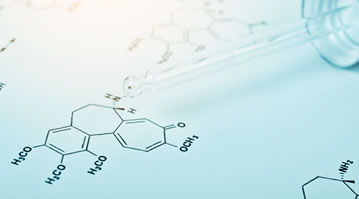

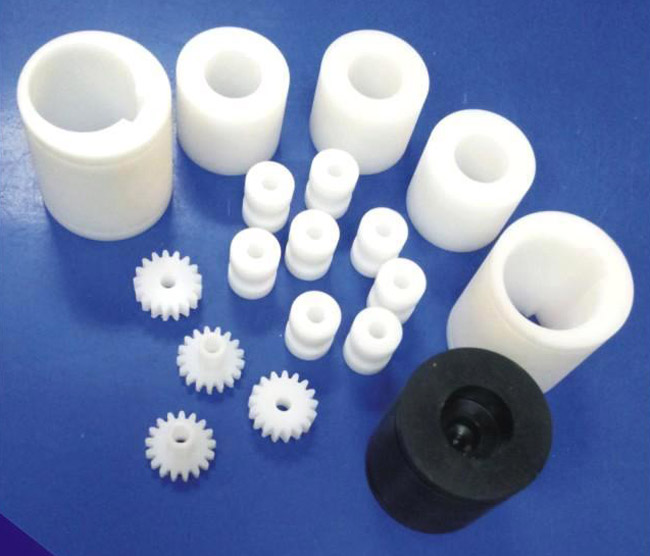


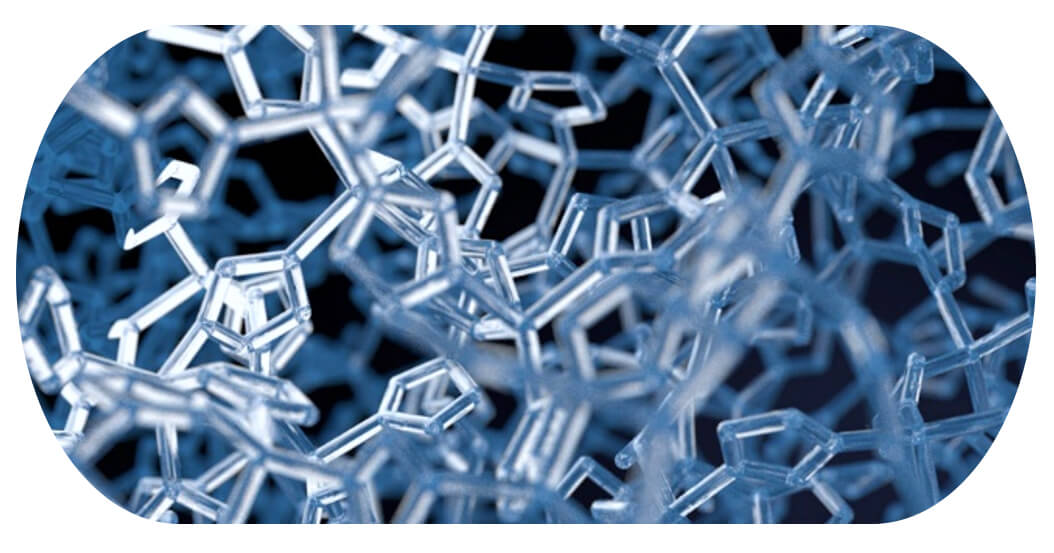


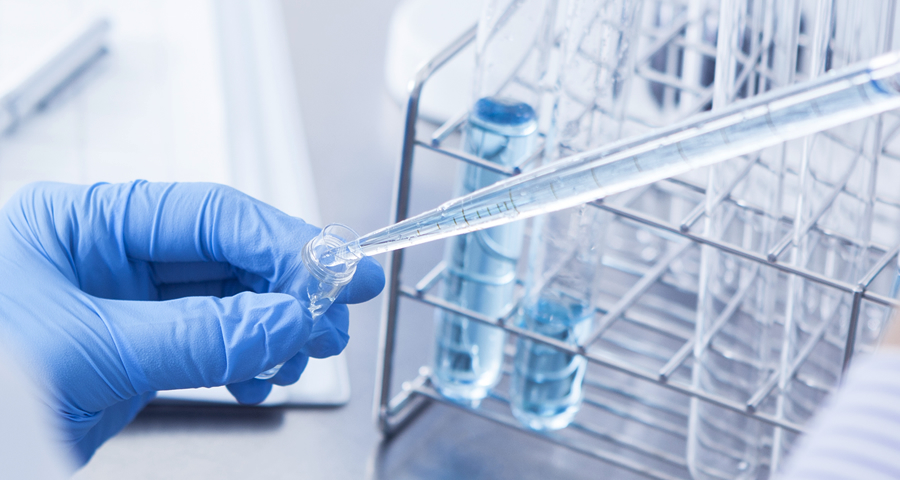
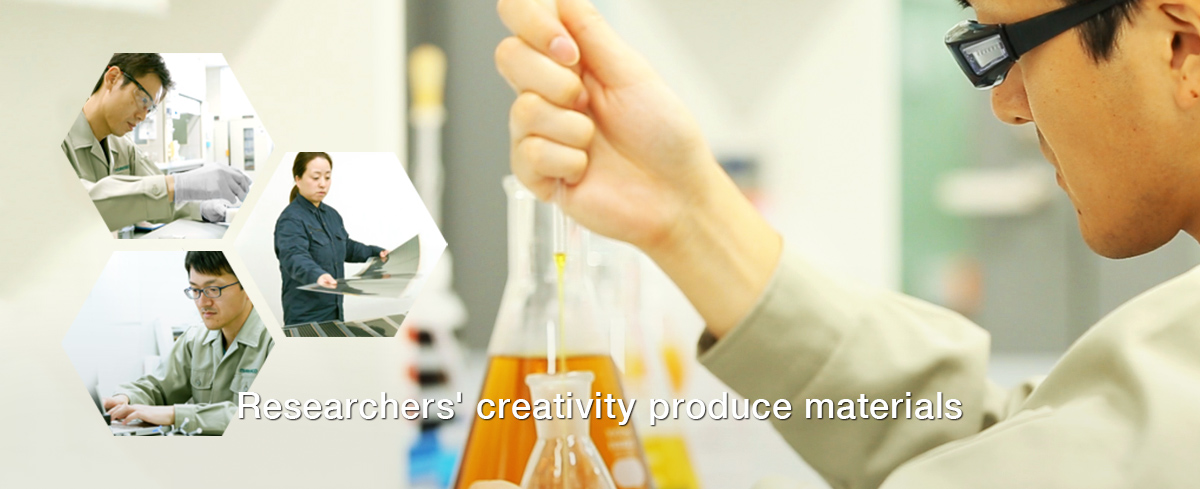


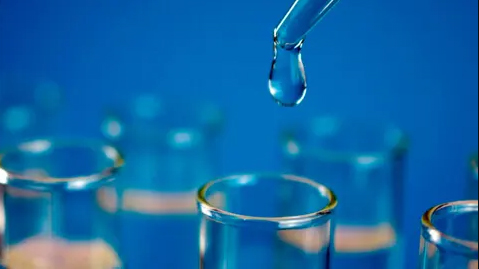




Comments